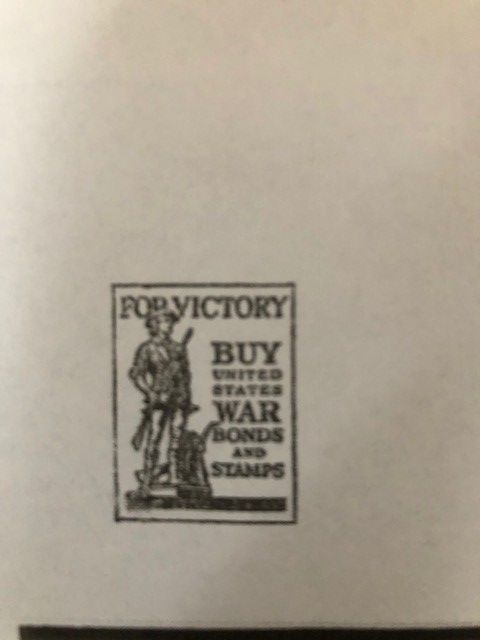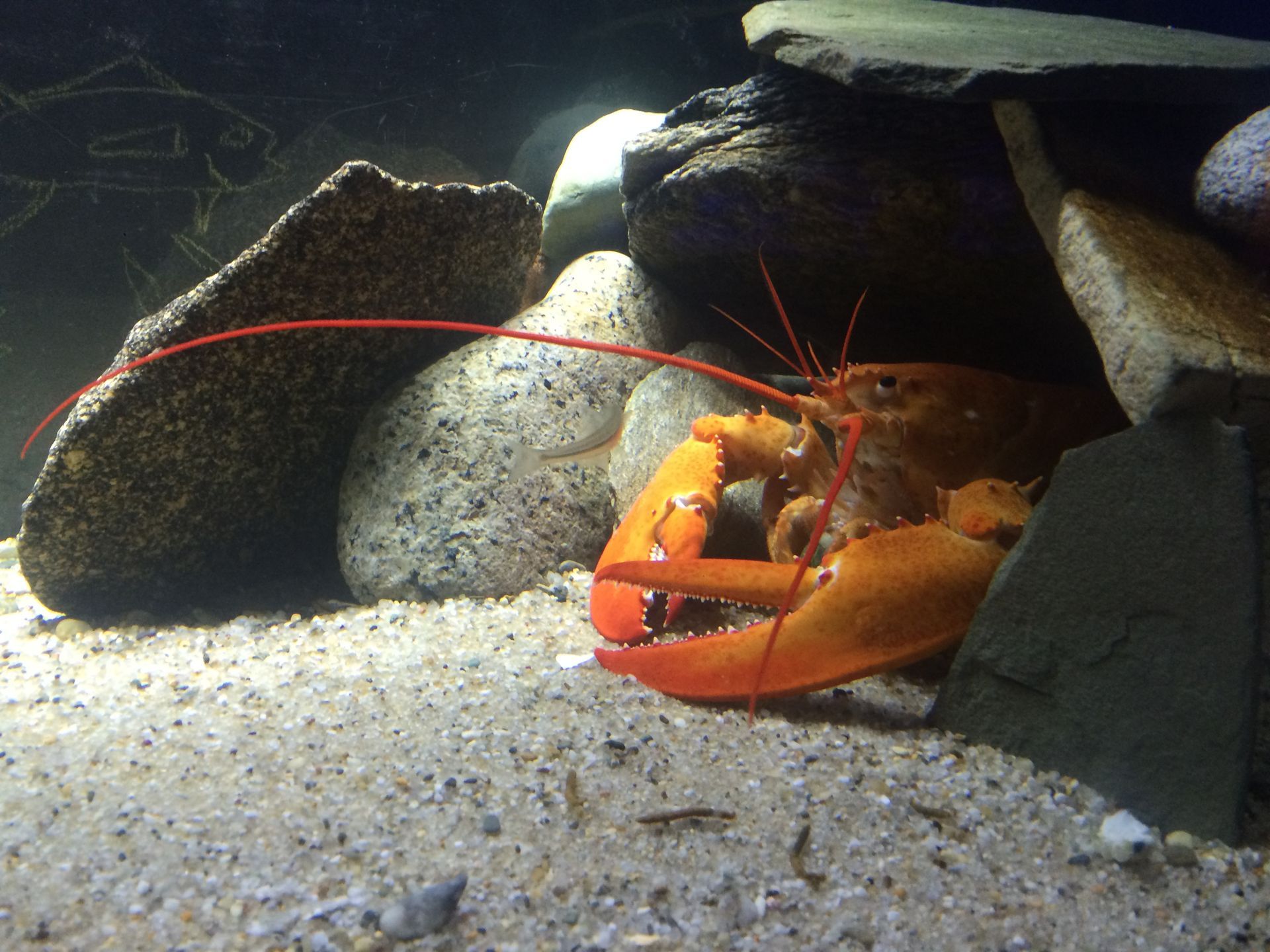Nantucket Maria Mitchell Association Welcomes Anya Freeman of KindDesigns as Featured Guest for April Science Speaker Series
NANTUCKET, MA—The Nantucket Maria Mitchell Association (MMA) announces that it will host Anya Freeman, Founder and CEO of KindDesigns, a Miami start-up, as featured presenter for its April Science Speaker Series. The presentation will take place on Wednesday, April 16, at 7pm via Zoom. This event is free to all.
KindDesigns was founded to protect Miami’s coastlines by combating the destructive flooding and degrading of marine habitats happening in Freeman’s home state. Freeman put together a team of engineers, designers, researchers, and materials experts to develop sustainable, cost-effective solutions that could be scaled to all coastal cities.
Join Freeman as she discusses her flagship product, 3D- Printing Living Seawalls™, which tackles the challenges posed by rising sea levels while healing damaged ecosystems. Everything KindDesigns does is driven by their unwavering commitment to create resilient communities.
These Seawalls are structurally identical to traditional concrete seawall systems, but also function like artificial reefs, dissipating waves and improving water quality. Kind Designs installed the world’s first 3D-Printed Seawall in Miami in May 2024 and has since printed seawalls across coastal cities, and won both US Air Force and US Navy grants to bring the solution to coastal bases.
Originally from Ukraine, Anya, together with her family, has lived in Israel, South Africa, and China before settling in Miami to attend law school. Anya worked for the US Attorney's Office of Miami/Fort Lauderdale and clerked at the United States District Court in central California before opening her own law firm focused on environmental policy. Frustrated with a lack of innovation around rising sea-levels which threaten Miami, Anya took on the challenge of finding technological solutions to this global challenge that both supports the environment and has economies of scale.
Pre-registration is required to attend Zoom. To register for Zoom, use the registration link below:
https://us06web.zoom.us/webinar/register/WN_Tt8TlLUTRZmwklMzy0ONYA
This series is generously sponsored by our lead sponsor, Bank of America.
The Maria Mitchell Association was founded in 1902 to preserve the legacy of Nantucket native astronomer, naturalist, librarian, and educator, Maria Mitchell. After she discovered a comet in 1847, Mitchell’s international fame led to many achievements and awards, including an appointment as the first female professor of astronomy at Vassar College. Maria Mitchell believed in “learning by doing” and today that philosophy is reflected in the MMA’s mission statement, programs, research projects, and other activities. The Maria Mitchell Association operates two observatories, a natural science museum, an aquarium, a research center, and preserves the historic birthplace of Maria Mitchell. A wide variety of science and history-related programming is offered throughout the year for people of all ages
###
For Immediate Release
February 18, 2025
Contact: Jónelle Gurley
jgurley@mariamitchell.org
Recent Posts




